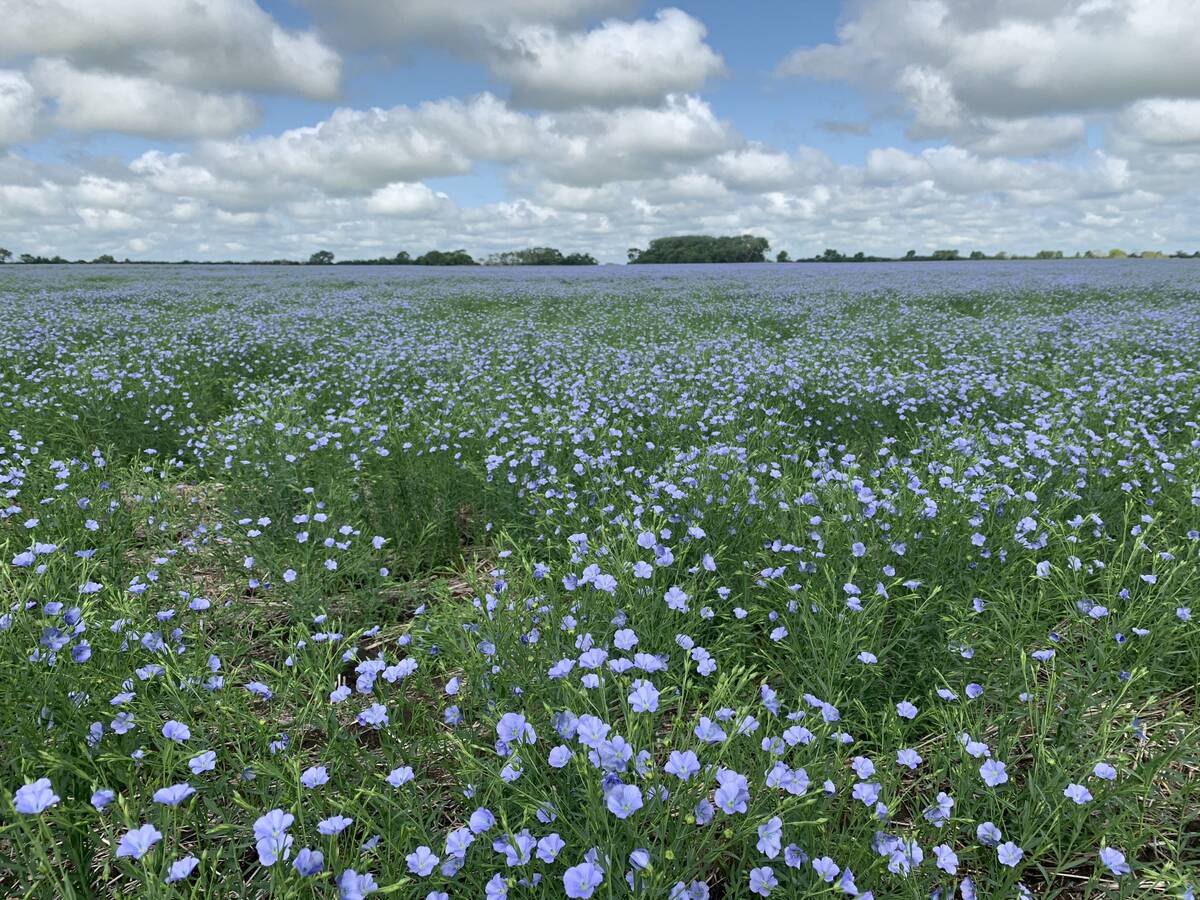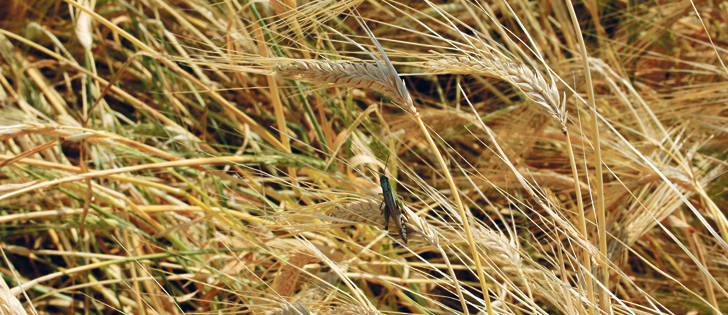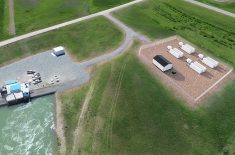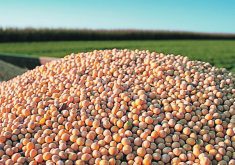Proposed facility near Clavet, Sask., would boost the barley sector and provide a feed byproduct for livestock producers
Saskatchewan barley and pea growers could soon have a big new customer for their crops.
Developers are putting the finishing touches on a plan to build a $325 million ethanol plant near Saskatoon that will use those two crops as its primary feedstock.
Prairie Green Renewable Energy (PGRE) would be the biggest ethanol plant in Western Canada, capable of producing 196 million litres of the renewable fuel annually.
The project would be situated on 160 acres of land located near Cargill’s canola crushing facility in Clavet, Sask.
Read Also

Flax sector sees omega-3 opportunity
SASKATOON — A global shortage of omega-3 oils could be an opportunity for the flax sector, says an industry official….
The plant would require 25 million bushels of feed barley and five million bu. of feed peas a year. The crops would be sourced from within a 200 kilometre radius of Saskatoon.
Zenneth Faye, a director with the Saskatchewan Barley Development Commission, was thrilled to hear about the proposed project.
“That is great news,” he said.
Barley acres have been plummeting in Saskatchewan, falling to 2.3 million acres this year from 5.1 million acres in 2000. Faye believes it has a lot to do with the recent run of wet years because barley doesn’t like wet feet.
“There are some people that have forgotten how to grow barley already because it has been such a long time and it’s not even in their mindset,” he said.
“So having more options for that crop is what we need to spur the industry.”
Barley that doesn’t qualify for malt becomes feed that is usually trucked to Alberta feedlots. A local buyer for large amounts of feed barley would be a godsend, said Faye.
Richard Hopp, president of PGRE, said the plant will be equipped with a patented process that gets rid of 95 percent of the deoxynivalenol (DON) mycotoxin in fusarium damaged barley.
“If we have a bad fusarium year out in the field, we can take that and process it,” he said.
The plant will be working with an unidentified grain handling company to source its feedstock. Hopp said it is not one of the big ones but the name will be well known to most farmers.
It is in negotiations with a Canadian company that intends to take all of the ethanol produced at the facility, which will be used to displace some of the nearly one billion litres of U.S. ethanol coming into Canada every year.
Barley and peas are unusual feedstock choices for an ethanol plant. Corn is the most common feedstock. Part of the appeal of using feed barley is that it typically sells for 55 to 70 percent of the price of corn.
The other benefit is the quality of the byproduct. PGRE is in discussions with companies interested in its Prairie Gold HyProtein Meal. The facility will produce 228,000 tonnes of the feed per year for the hog, dairy, poultry and aquaculture sectors.
The company has produced and tested more than 50 tonnes of the meal at an ethanol plant in the United States. Three years of feed trials have been conducted at the University of Saskatchewan.
“All the research told us that it would be comparable to U.S. soybean meal in terms of protein content and amino acid profile,” said Hopp.
The ethanol plant will be powered by a cogeneration plant, which will sell surplus power back to the grid.
The project has been in the planning and development stage since 2007. Funding has come from a small group of Canadian private investors.
The group has an option on the land and has been working on acquiring the necessary zoning and permitting for the project.
“The research and development work has all been done, the economics look very good. Now we just have to build the darn thing,” said Hopp.
It is in the process of securing financing to complete the detailed engineering plans and to create a bankable feasibility study.
Katzen International, an Ohio company that has built multi-feedstock ethanol plants all over the world, including the Husky Oil plants in Minnedosa, Man, and Lloydminster, Sask., will build the plant.
Once the final engineering plans and feasibility study are in place, the investors will be going to the market to raise capital for the project. It is undecided whether they will stick with a private project or go some other route. They will also be arranging debt financing for the venture.
The plan is to start construction sometime in the fall of 2018 and complete the project by late 2020. It will provide 40 to 50 full-time jobs once operational and approximately 230 full-time equivalent jobs during construction.
Faye, who is former executive manager of the Milligan Biofuels biodiesel plant near Foam Lake, Sask., said now is a tough time to be in the biofuel business.
“Both ethanol and biodiesel have been feeling the pinch along with the petroleum industry with the drop in the price of oil,” he said.
















